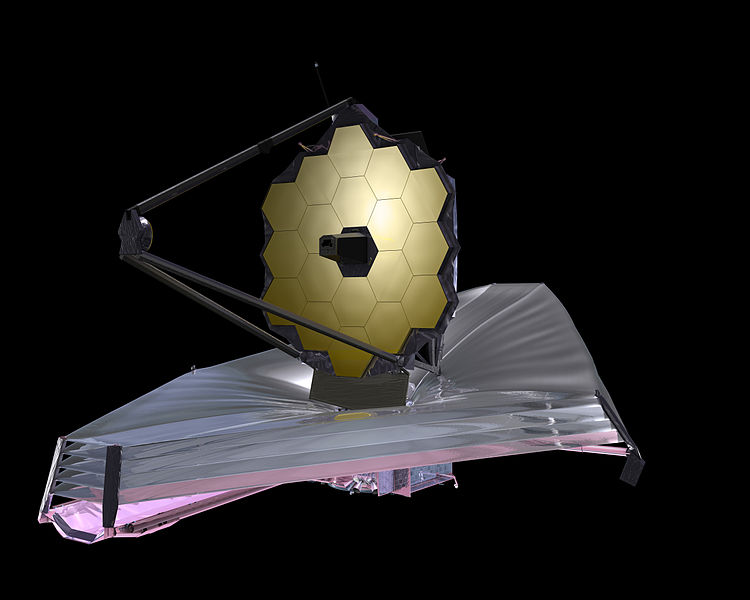A Brief History of the New James Webb Space Telescope
The James Webb Space Telescope is the most powerful telescope ever made. What will it be used for? How does it work?

The James Webb space telescope is undoubtedly the most powerful space telescope ever made. With a budget of $9.66 billion, one would hope this telescope is put to good use. This new telescope will allow astronomers to see farther than ever before; just a few hundred million years after the Big Bang. This may sound like a long time, but in the grand scheme of the universe, a few hundred million years is nothing. This telescope will enable us to learn about the atmospheres of planets orbiting other stars and peer at newly forming stars and distant exoplanets.
In September, 1989, astronomers and scientists met at the Space Telescope Science Institute in Baltimore Maryland to discuss the future of space-based astronomy after the launch of the Hubble Space Telescope, which was launched in December, 1993.
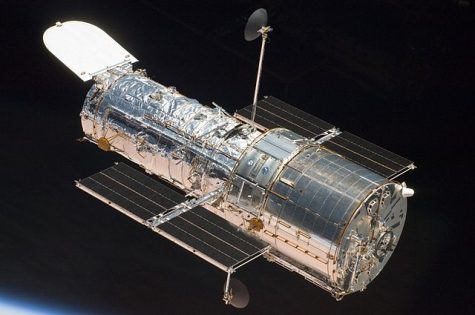
Hubble observed various different supernovae and helped astronomers discover that the universe is not only expanding, but it is expanding at an exponential rate, providing evidence for a force known as dark energy. It also allowed us to discover that supermassive black holes are present in the center of most galaxies, including our own.
It was originally proposed that the next telescope would be placed on the moon instead of being kept in Earth’s orbit.
The telescope would be placed in one of the moon’s craters near the South Pole that would shadow the telescope from day/night cycles and allow for easier communication with Earth. The only problem is that only half the sky would be observable at a time. The Next Generation Space Telescope Team ended up making a proposal for a six meter, cooled telescope. This would certainly be an upgrade from Hubble’s 2.4 meter capabilities. By being cooled, the telescope would be better at observing into the infrared while maintaining its ability to take in visible and ultraviolet light. However, due to engineering and design problems, the ability to see in the ultraviolet range would be limited. The next proposal, in the 1990s, suggested a telescope that specialized in the near-infrared spectrum. The team settled on a 6.5 meter aperture. In March 8th, 1999, work on the James Webb Space Telescope officially began.
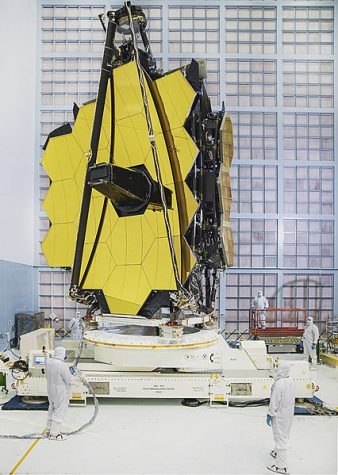
The construction of the James Webb telescope was awarded to a company called TRW in 2003 and they started with a budget of just over $800 million. TRW was then acquired by Northrop Gruman and the budget continued to grow from there. Significant amounts of the United States astronomy budget were consumed by Webb, but the importance of this telescope cannot be underrated. Humans can see light wavelengths between 0.38 and .074 microns (a micron is one-thousandth of a millimeter). The James Webb telescope, focusing on the infrared, can see from .6 to 28 microns; far more than Webb’s predecessors. Different objects emit different light waves. The hotter the source, the faster the waves. Since the universe is expanding, light from other galaxies is red-shifted due to the Doppler Effect. For a good visual, see the image below. The Doppler Effect is the reason a siren on a passing car seems to change in pitch. Because of this, a significant portion of the light we receive from other galaxies is in the infrared spectrum, which is why the James Webb telescope was designed to focus on the infrared range of the electromagnetic spectrum. The problem is, any heating the telescope experiences will influence the images.
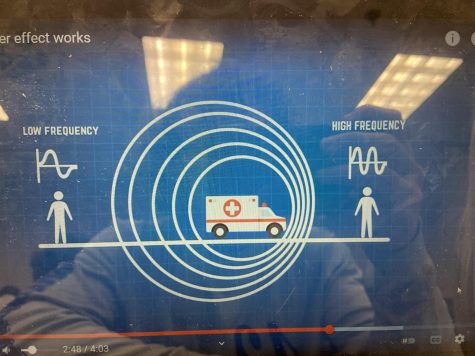
To keep it cool, the designers decided to put the entire telescope in a dark shadow using a five-layered sun shield with a helium refrigerator. These five layers will lower the telescope to 50 kelvin, and the helium refrigerator will further lower the temperature to just 7 kelvin.
The James Webb Space Telescope is currently at a location known as L2 (Lerange Point 2). There are a total of five Lerange points. These are points in space where small objects are able to remain in roughly the same place due to the location of large objects and the force of gravity. For a good visual, see the illustration below. L2 was chosen because it is farther from the sun than the other points. For a This will help keep the telescope cool.
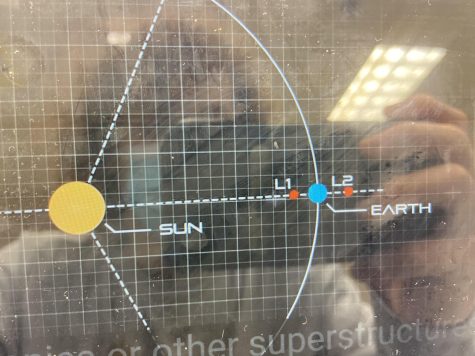
In August, 2019, the full telescope was fully assembled for the first time. In October, 2019, the sunshield was also assembled and tested. In December 25th, 2021, the telescope launched into space on bard an Ariane 5 rocket. As of 1/21/21, NASA announced, “Just in from the @NASAWebb team: All 18 primary mirror segments and the secondary mirror are now fully deployed!” According to the US Space Agency, the mission has gone “As smoothly as we could have hoped for.” The James Webb Space Telescope is the culmination of decades of effort by NASA and engineers, using new technologies to see what humans have never seen before. Many have hope that this telescope will assist our experts in answering many of Astronomy’s biggest questions.
